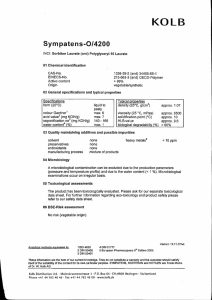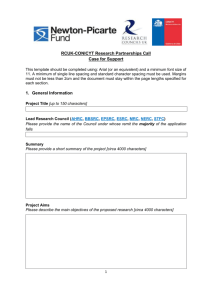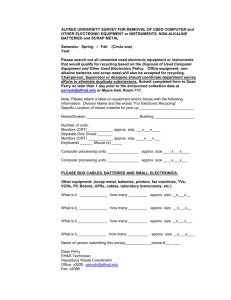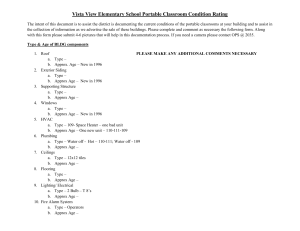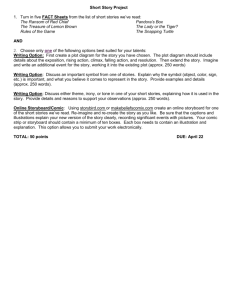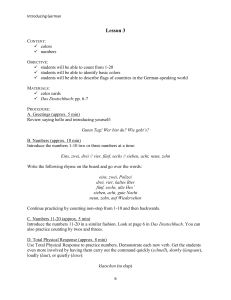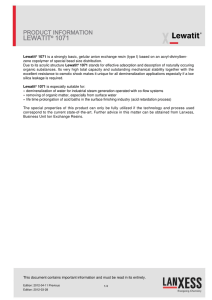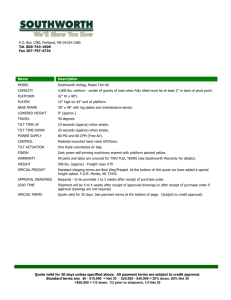Challenges that young people of Afghanistan face today and in the
advertisement
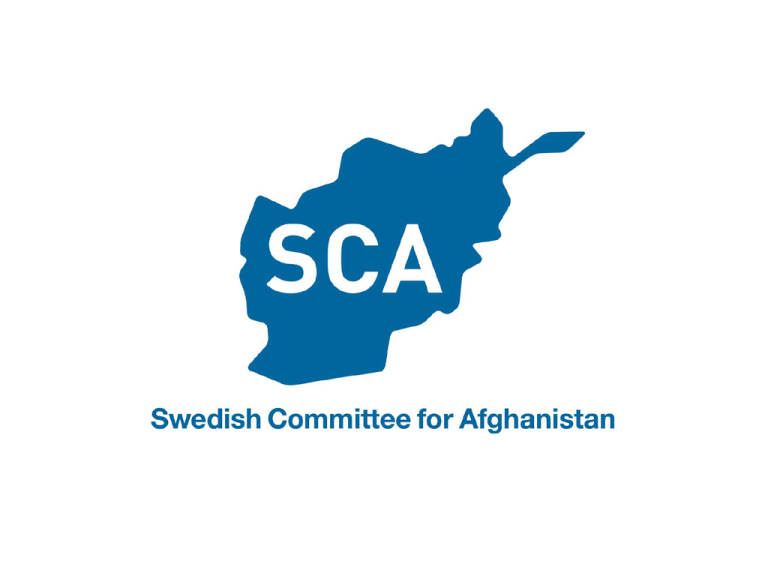
Challenges that young people of Afghanistan face today and in the future - Current context, opportunities & challenges for the youth - What needs to be addressed for the future? Population • • • • • 25-30 million people, of which approx a third in urban areas Half are below age of 15, two thirds below age of 25 Half of all girls get married before 16 (legal age limit) Average fertility rate 6,5 births per woman Life expectancy 43 years Alima and Pedram Alima, Keshim • 14 years, 10th grade • 9 family members + extended • Mother tailor (home), Father shop-keeper, semi-literate • Plays volley-ball • Frequent internet user • Wants to be a doctor • Lacks quality and access in higher education • Fears insecurity, social barriers, prejudice, attitudes • Hopes for stronger leadership of the country, well-functioning family • Dreams of studying in Turkey Education • Literacy rate 16% female, 33 % men • Approx 7,5 million in school (35% girls) • # schools doubled last decade • Approx 5 million no access to Edu • Lack of teachers, over-crowded, weak infrastructure, low quality, corporal punishment • Social barriers • Increasing threats and attacks • Few real opportunities for higher education for rural population Pedram, Kabul • 22 years, last year at university • 4 family members • Mother teacher, father civil engineer • Returnee, from Iran • Wants to be an engineer • Lacks space for urban youth to mobilise, influence society, arts • Fears declining economy, conservatism, ethnic polarisation • Hopes for security and a country free of corruption • Dreams of studying in the US, having a successful business Economy • Rapid urbanisation • Huge unemployment among youth • Economy service-driven, strongly linked to military and aid spending. Declining posttransition? • Ministries low aid absorption capacity, inefficiencies • Migration • Desperate rural youth, leaving country, joining militias… • Social and cultural activities. How encourage civic engagement? Problem of ethnic division? “One chance in 30 years…” • Hope – Peace process and security – Good governance, responsiveness, fighting corruption – Long-term commitment from international community • Access and opportunities – Education – Economy and jobs • Voice, space and connectedness – Civil Society – Social and political participation, public arenas – Communication, media, regionalisation, globalisation
